Everything You Need to Know About Rubber Tarp Straps
Published on 07/22/25
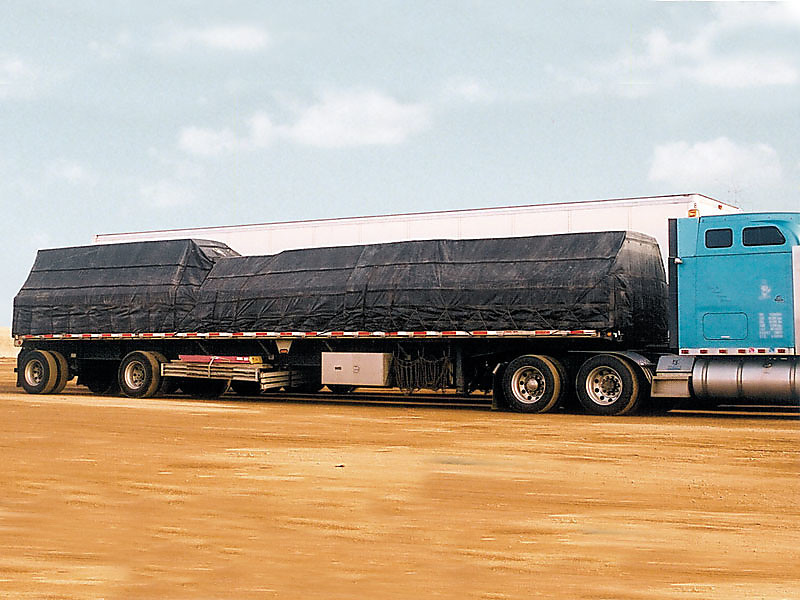
If you haul freight on a flatbed, you know the importance of a solid tarp job. Behind every good tarp job is a box of high-quality, dependable rubber tarp straps. Not the cheap kind that snap in cold weather or fail in the heat — you need straps you can count on, load after load.
In this blog, we’ll explain how rubber tarp straps keep your tarp secure on the road or at a jobsite. We’ll cover sizes, stretch limits, and how to store them properly to extend their life. Let’s begin.
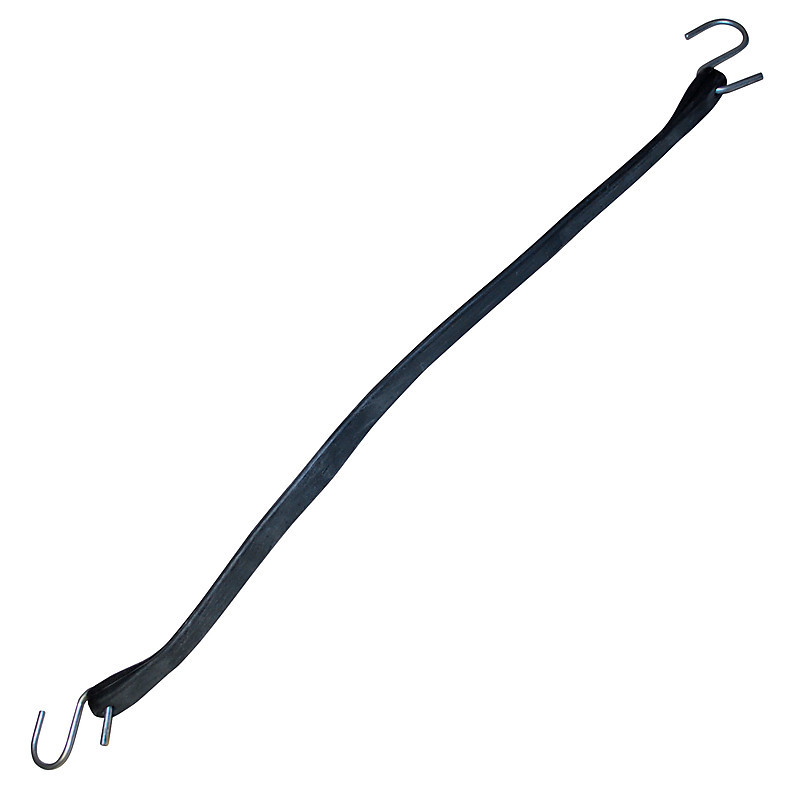
What Are Rubber Tarp Straps?
Rubber tarp straps, also known as bungee straps or tarp straps, are stretchable rubber tie-downs designed to secure flatbed tarps on your flatbed trailer. Each strap features a metal S-hook on both ends, allowing you to attach one end to the tarp grommet and the other to your trailer or rub rail.
Despite having straps in the name, they should never be used to secure cargo directly, as they are not rated or designed for that purpose. These straps only keep the tarp tight, not cargo. This reduces flapping, prevents tearing, and keeps the tarp from flying off while driving. A tight tarp protects cargo from exposure to moisture, road debris, or shifting weather conditions.
Cargo damage resulting from a loose tarp can lead to insurance claims, delivery delays, unhappy customers, and a loss of repeat business. Since a flatbed tarp is only as good as its straps, investing in quality rubber tarp straps is essential.
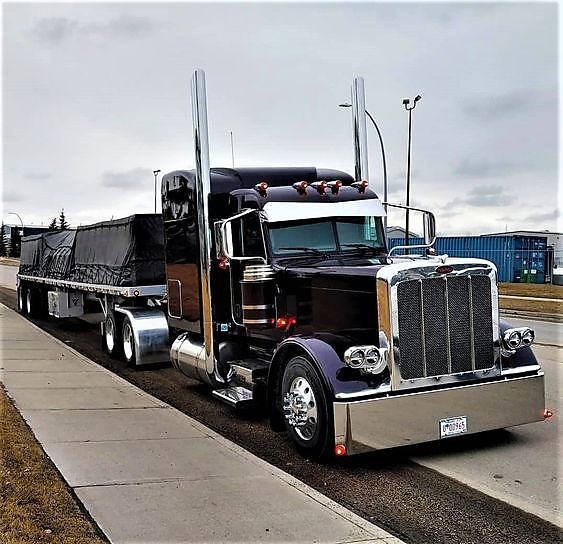
EPDM Rubber vs Natural Rubber Tarp Straps
There are two main types of rubber tarp straps: natural rubber and EPDM rubber. Natural rubber stretches more but breaks down in heat and sunlight. EPDM doesn’t stretch as far but holds up much better against heat, UV rays, and ozone exposure.
This is one of the reasons why we only carry EPDM rubber tarp straps at Trucking Depot. If you’re logging long miles, crossing state lines, or facing harsh sun and unpredictable weather, we highly recommend EPDM. It’s made to last, resists dry rot, and won’t break down or turn brittle over time.
This means fewer unexpected failures, lower replacement costs, and greater peace of mind when you’re on the road.
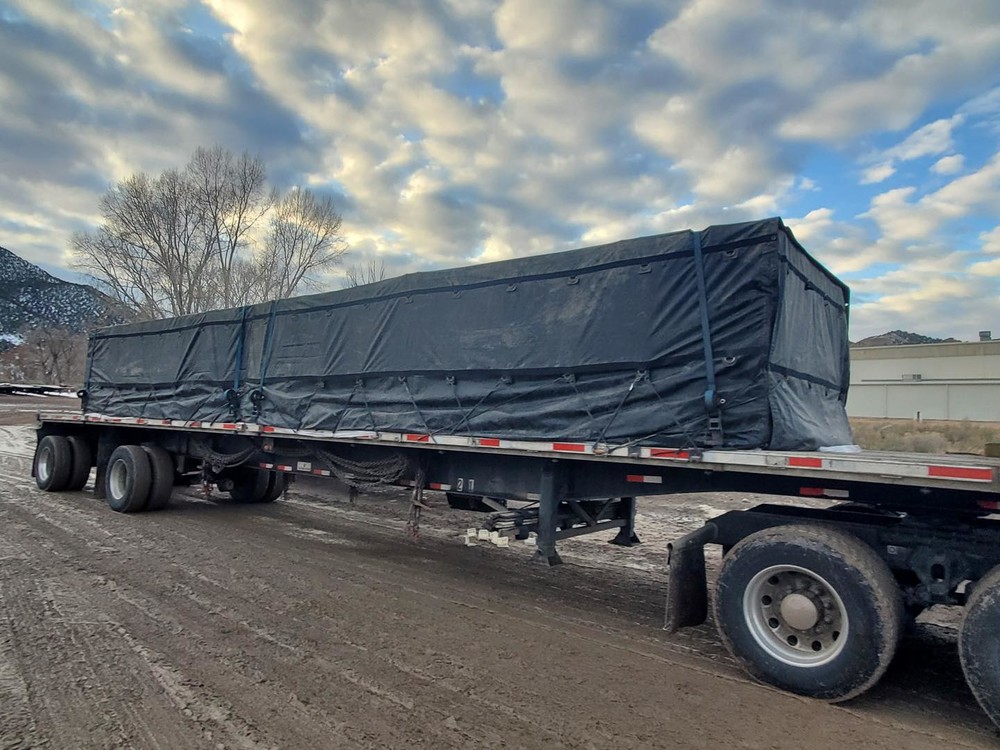
How to Use Rubber Tarp Straps on a Flatbed Trailer
1. Throw your tarp over the load and line it up with how you want it.
2. Find the grommet holes or d rings located around the tarp edge.
3. Hook one end of your rubber tarp straps into the grommet.
4. Stretch the strap and hook the other end to the rub rail, D-ring, or anchor point on the trailer.
5. Repeat around all sides of the flatbed tarp and make sure to apply even tension to avoid the tarp flapping while driving.
For added security, double up straps at corners, over drop sections, or in high-wind areas. This helps the tarp stay in place even if one strap breaks or tension shifts during transport.
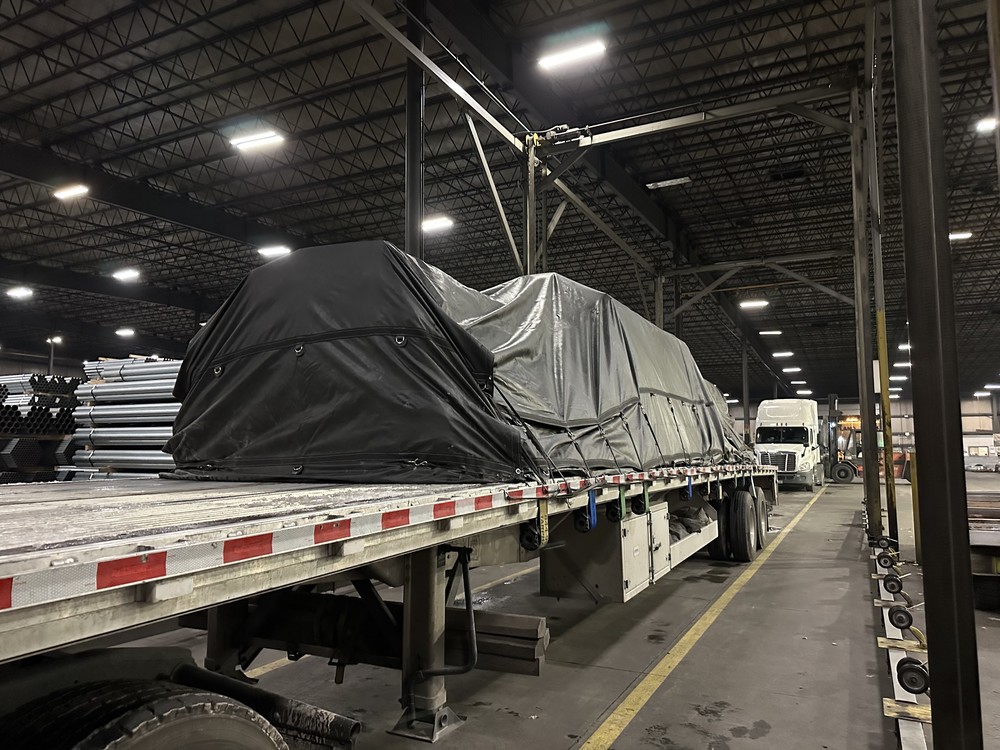
Common Sizes of Rubber Tarp Straps for Flatbeds
Choosing the right tarp strap primarily depends on how far you need it to stretch and where your anchor points are located. Short spots typically require a 9-inch tarp strap or 15-inch tarp strap. The 21-inch tarp strap is the go-to for most jobs since it works in a wide range of setups. For bigger loads or longer stretches, the 31-inch tarp straps and 41-inch tarp straps options give you the extra reach you need.
Rubber tarp straps can safely stretch to about 1.5 times their original length; anything more than that can wear them out fast or even snap them. Always size your strap to the job to avoid problems down the road. As rubber tarp straps are commonly sold in packages of 50 pieces, it’s always a good idea to have several spares in case a tarp strap becomes damaged, falls off, or strong winds require it to keep the tarp in place.
| Rubber Tarp Strap Length | Best Use Applications | Maximum Stretch |
|---|---|---|
| 9” | Short reach, tight anchor points | Up to ~16” |
| 15” | Midsize loads, small tarps | Up to ~23” |
| 21” | General use, most tarp jobs | Up to ~32” |
| 31” | Wide trailers, larger tarps | Up to ~54” |
| 41” | Long spans, oversized loads | Up to ~65” |
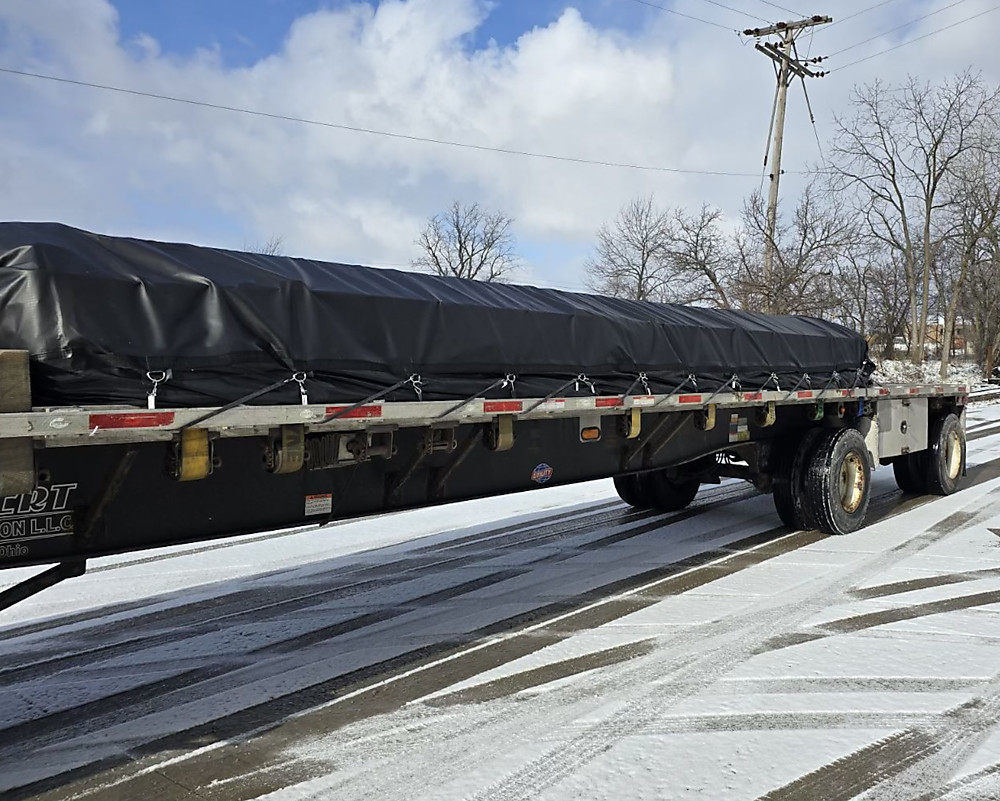
How to Store and Take Care of Your Rubber Tarp Straps
EPDM straps are durable, but they still need care. Sun, heat, and moisture can cause rubber to wear down over time. When not in use, store your straps in a cool, dry place away from direct sunlight. A milk crate in the cab, a bin under the bunk, or a toolbox compartment works well.
Before each use, inspect straps for cracks, worn rubber, or damaged hooks. Replace any strap with rusted or bent hooks or signs of wear. One faulty strap can cause a tarp to loosen or come undone mid-haul. Avoid overstretching straps. If you need more length, choose a longer strap instead of trying to force a short one.
It’s always cheaper to replace a worn strap than to risk losing your tarp or damaging your load. Taking a few seconds to inspect and store straps properly helps ensure they stay reliable through rain, snow, and heat.
If you have any questions, need a quote, or are interested in our large quantity discount pricing, call our experts today at 800-444-0956 or use our contact us page located at the top of the website if you prefer email. We look forward to helping you find exactly what you need for your next flatbed securement application.




